A Guide to PRP Therapy in Mexico
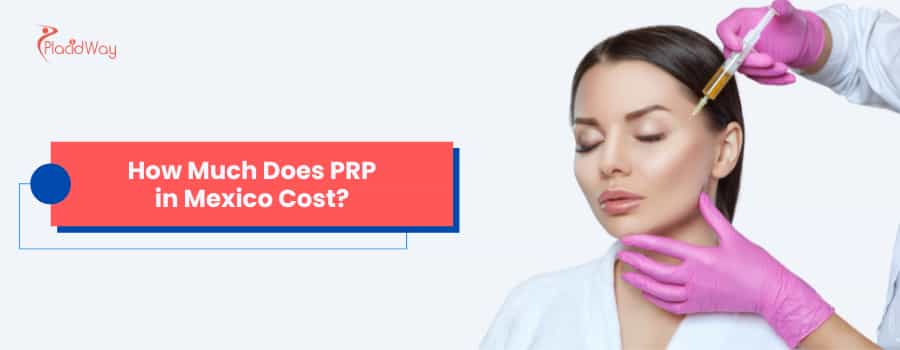
Thinking about getting Platelet-Rich Plasma (PRP) therapy? You're not alone. This cutting-edge treatment is gaining popularity for its natural approach to healing and rejuvenation. And for many, Mexico has become a top destination for high-quality, affordable PRP in Mexico. This guide will walk you through everything you need to know, from the costs and procedures for various treatments to finding a reputable clinic. We’ll answer the most common questions people are asking, so you can make an informed decision about whether PRP therapy in Mexico is right for you.
What is PRP Therapy?
“PRP (Platelet-Rich Plasma) therapy is a regenerative treatment that uses a concentration of a patient's own platelets to accelerate the healing of injured tendons, ligaments, muscles, and joints and to promote skin and hair rejuvenation.”
The process is simple yet innovative. A small sample of your blood is drawn and placed in a centrifuge, which spins at high speed to separate the platelets and plasma from other blood cells. This creates a concentrated solution of platelets, which are rich in growth factors. These growth factors are the body's natural healing powerhouses, and when injected back into a targeted area, they can stimulate tissue repair, collagen production, and cell growth.
How Much Does PRP in Mexico Cost?
“The cost of PRP in Mexico can range from $350 to over $1,500 per session, depending on the treatment area, the clinic's location, and the technology used.”
Compared to the United States and other Western countries, Mexico offers significant cost savings for PRP therapy. The exact price will vary based on the specific application. For example, a single session of PRP for hair loss in Mexico might be on the lower end of the price spectrum, while a more complex joint treatment could be at the higher end. Many clinics also offer package deals for multiple sessions, which can further reduce the overall cost.
What is PRP Therapy Used For?
“In Mexico, PRP therapy is most commonly used for cosmetic purposes, like facial rejuvenation and hair loss, as well as for orthopedic conditions to treat joint pain and sports injuries.”
PRP's versatility is one of its greatest strengths. Here's a breakdown of its popular applications:
- Facial Rejuvenation: Often called a "vampire facial," PRP can improve skin texture, reduce fine lines and wrinkles, and promote a youthful glow.
- Hair Restoration: PRP for hair loss is a popular non-surgical option to stimulate dormant hair follicles and encourage new growth.
- Orthopedics: PRP injections can help heal joint pain from osteoarthritis, tendonitis, and sports-related injuries.
- Sexual Wellness: PRP is also being explored for its potential to improve sexual function in both men and women.
How Does PRP for Facial Rejuvenation Work?
“PRP for the face, or a ‘vampire facial,’ involves injecting platelet-rich plasma into the skin to stimulate collagen production, reduce wrinkles, and improve skin tone and texture.”
The procedure begins with a blood draw, just like any other PRP treatment. Once the PRP is prepared, it is either injected directly into specific areas of the face or applied topically and then penetrated into the skin using microneedling. The growth factors in the PRP trigger the body's natural healing cascade, leading to the production of new collagen and elastin. The result is smoother, firmer, and more youthful-looking skin.
How Long Do the Results of a PRP Facial Last?
“The results of a PRP facial can last from 12 to 18 months, with some people enjoying the benefits for up to two years.”
You may notice an immediate plumping effect from the treatment, but the full results will appear gradually over the following weeks and months as collagen production increases. To maintain the results, your provider might recommend a series of initial treatments followed by a maintenance session once a year.
What Can I Expect During a PRP for Hair Loss Procedure?
“A PRP for hair loss procedure in Mexico involves drawing the patient's blood, processing it to concentrate the platelets, and then injecting the PRP into the scalp in the areas of thinning hair.”
The entire process usually takes about an hour. A topical anesthetic is often applied to the scalp to minimize discomfort during the injections. Most people can resume their normal activities immediately after the procedure. For optimal results, a series of treatments, typically 3-4 sessions spaced a month apart, is usually recommended.
How Long Does it Take to See Results from PRP for Hair Loss?
“Visible results from PRP for hair loss can typically be seen within three to six months of starting treatment.”
The initial results often manifest as a decrease in hair shedding, followed by an increase in hair thickness and density. The growth factors work to revitalize dormant hair follicles, so the new hair growth is a gradual process. Maintenance treatments are often recommended every 6-12 months to sustain the results.
Is PRP Therapy for Joints Effective?
“Yes, many patients report significant pain relief and improved function after receiving PRP for joints in Mexico, especially for conditions like osteoarthritis.”
For joint issues, PRP is injected directly into the affected area, such as the knee, shoulder, or hip. The growth factors in the platelets help to reduce inflammation and promote the repair of damaged cartilage and other tissues. This can lead to a reduction in pain and an improvement in mobility, offering a non-surgical alternative for managing joint conditions.
What is the Recovery Time for PRP Injections?
“The recovery time for PRP injections is minimal, with most people returning to their normal activities within a day or two.”
It's common to experience some mild swelling, redness, and tenderness at the injection site for a few days after the procedure. Your doctor will likely advise you to avoid strenuous activity for a short period. Over-the-counter pain relievers can be used to manage any discomfort.
Who is a Good Candidate for PRP Therapy?
“A good candidate for PRP therapy is someone in overall good health who is looking for a natural, non-surgical solution for hair loss, skin aging, or joint pain.”
PRP is generally very safe because it uses your body's own biological material. However, it's not recommended for individuals with certain medical conditions, such as blood disorders, active infections, or cancer. A thorough consultation with a qualified doctor in Mexico is essential to determine if you are a suitable candidate.
Are There Any Side Effects to PRP Therapy?
“The side effects of PRP therapy are typically mild and temporary, including pain, swelling, and bruising at the injection site.”
Because PRP is derived from your own blood, the risk of an allergic reaction or infection is very low. Choosing a reputable clinic that follows strict sterilization protocols is crucial to minimizing any potential risks. More serious complications, such as nerve damage, are extremely rare.
How Do I Choose a Reputable Clinic for PRP in Mexico?
“To choose a reputable clinic for PRP in Mexico, look for clinics that are licensed by COFEPRIS (the Mexican equivalent of the FDA), have experienced doctors, and positive patient reviews.”
Here are some key things to consider:
- Licensing and Credentials: Ensure the clinic and its doctors are properly licensed. COFEPRIS certification is a good indicator of quality and safety.
- Experience: Look for a doctor who has extensive experience performing the specific type of PRP treatment you are interested in.
- Patient Testimonials: Read reviews and look for before-and-after photos to gauge the experiences of previous patients.
- Consultation: A reputable clinic will offer a thorough consultation to assess your needs, answer your questions, and develop a personalized treatment plan.
Is PRP Therapy in Mexico Safe?
“Yes, PRP therapy in Mexico is generally very safe, especially when performed at a licensed and reputable clinic that adheres to international safety standards.”
The use of your own blood minimizes the risk of adverse reactions. Furthermore, many clinics in popular medical tourism destinations like Tijuana, Cancun, and Mexico City are equipped with modern technology and staffed by highly trained medical professionals, many of whom have received training in the US or Europe.
Ready to explore your options for high-quality, affordable PRP therapy? Explore PlacidWay to find trusted clinics and experienced doctors in Mexico for your healthcare needs.


.png)
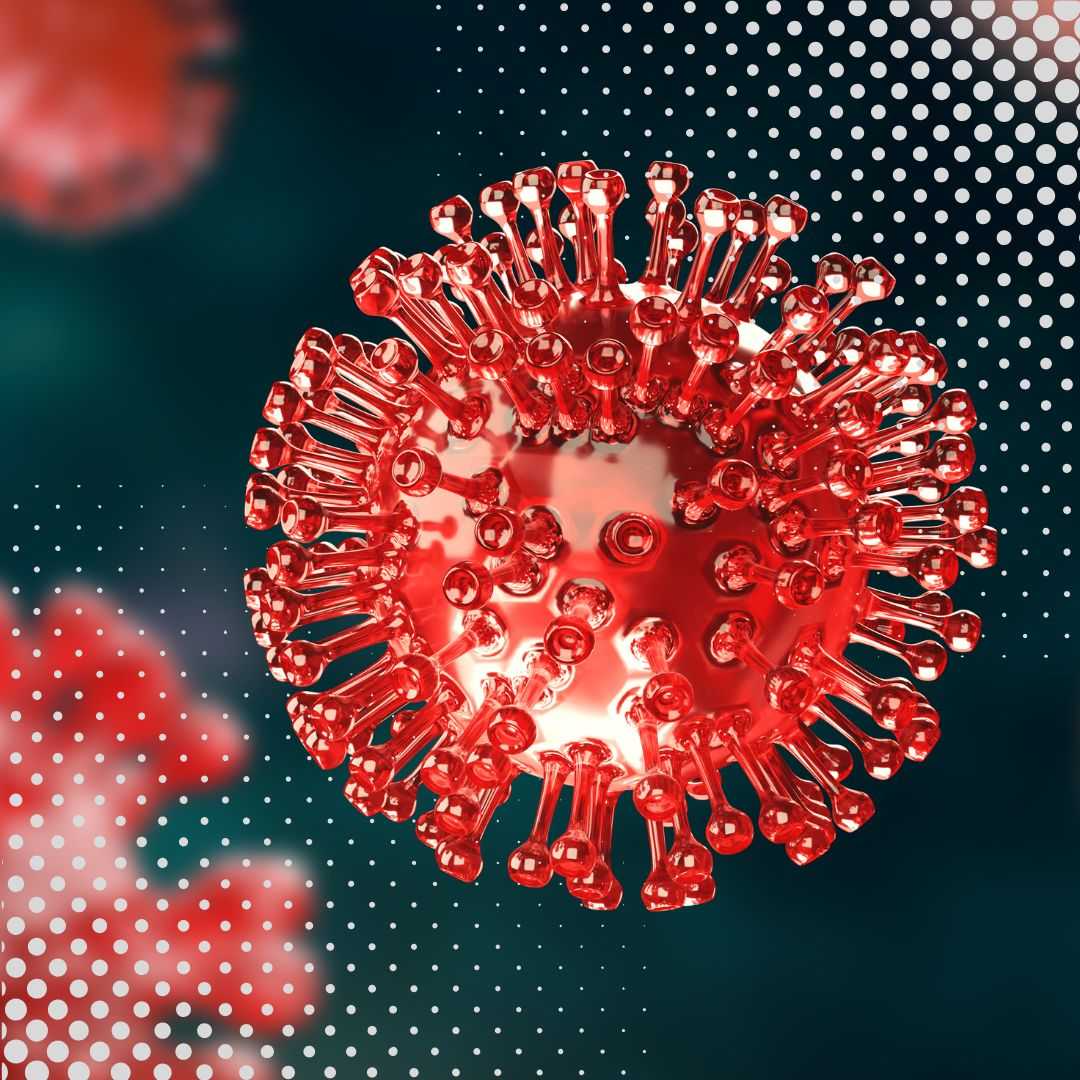

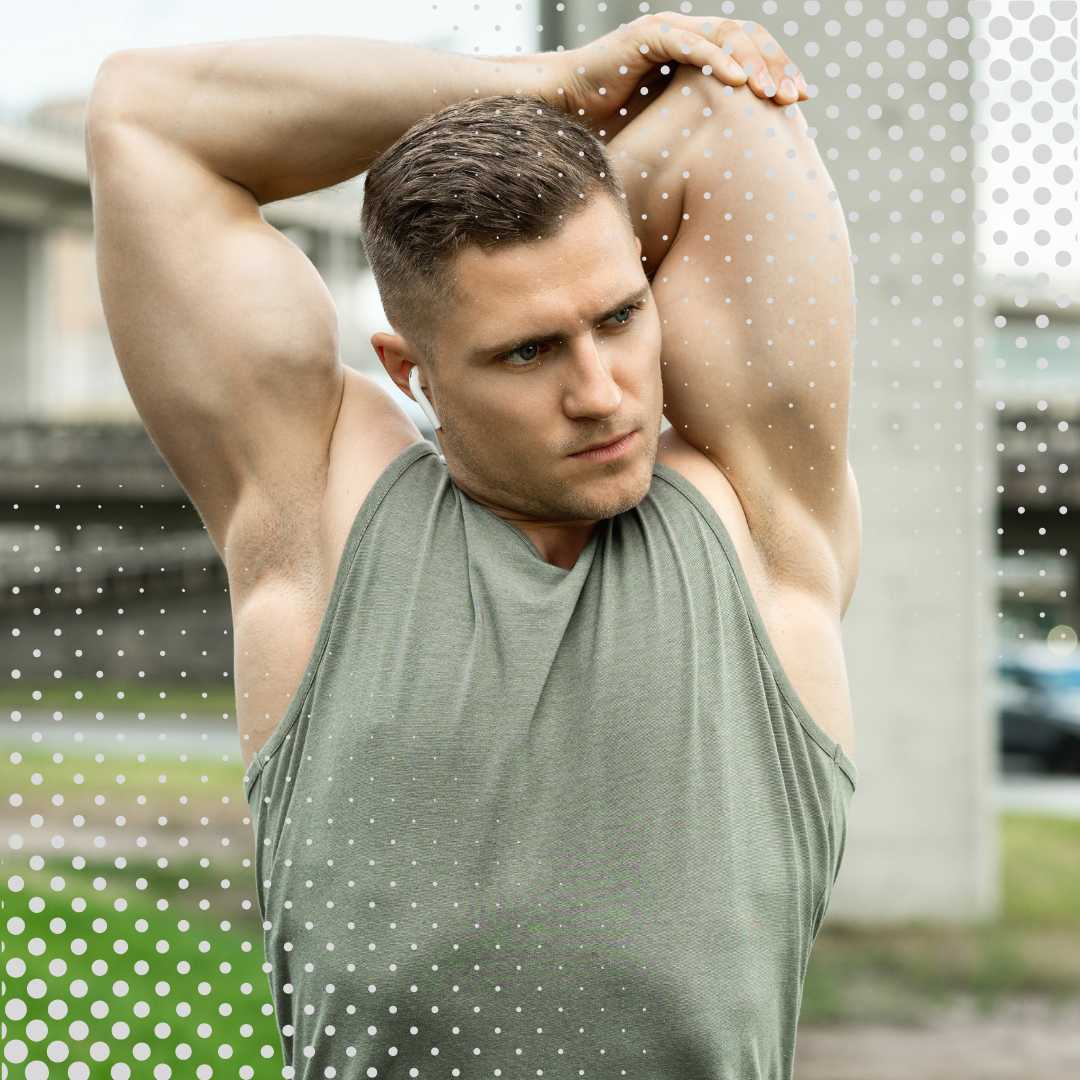
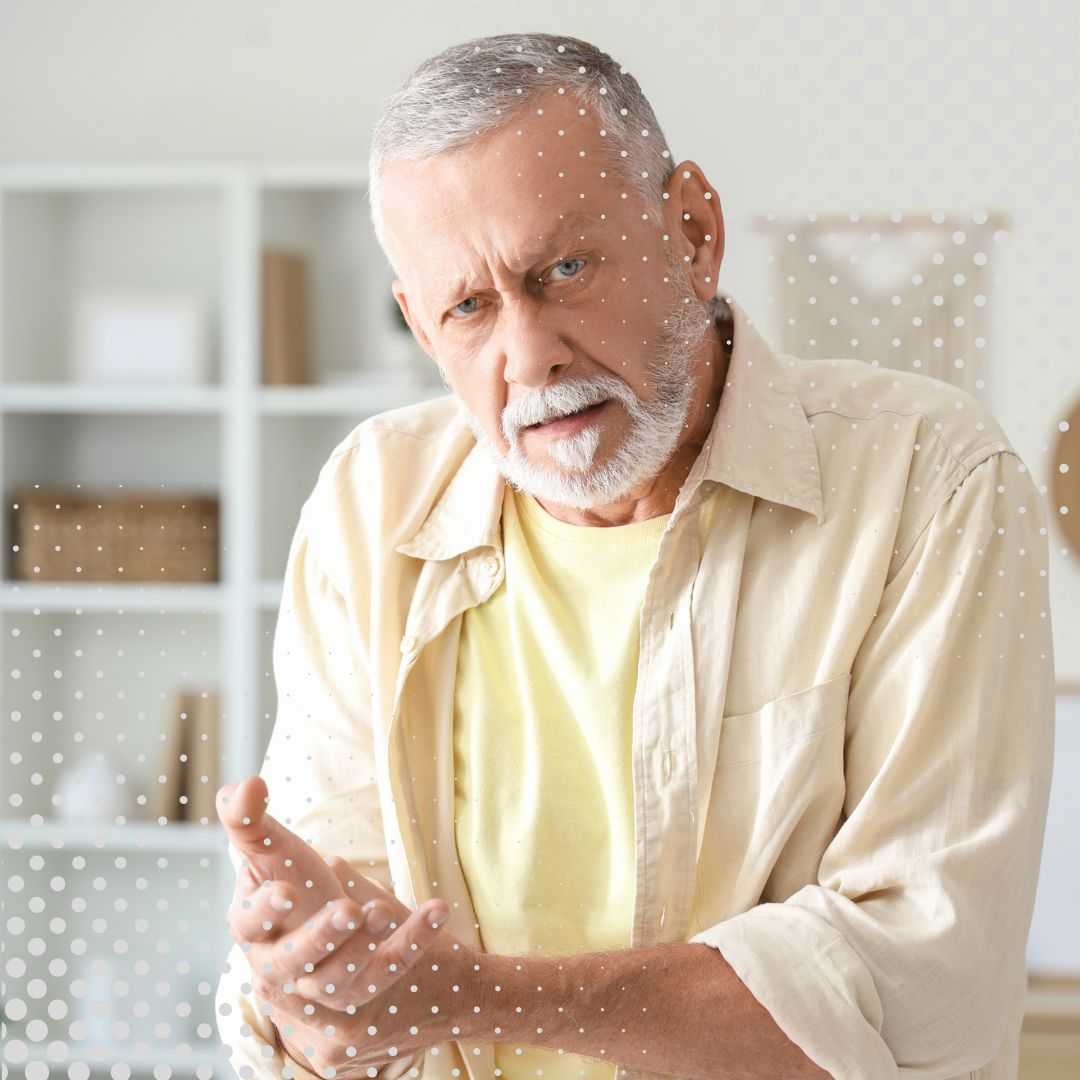
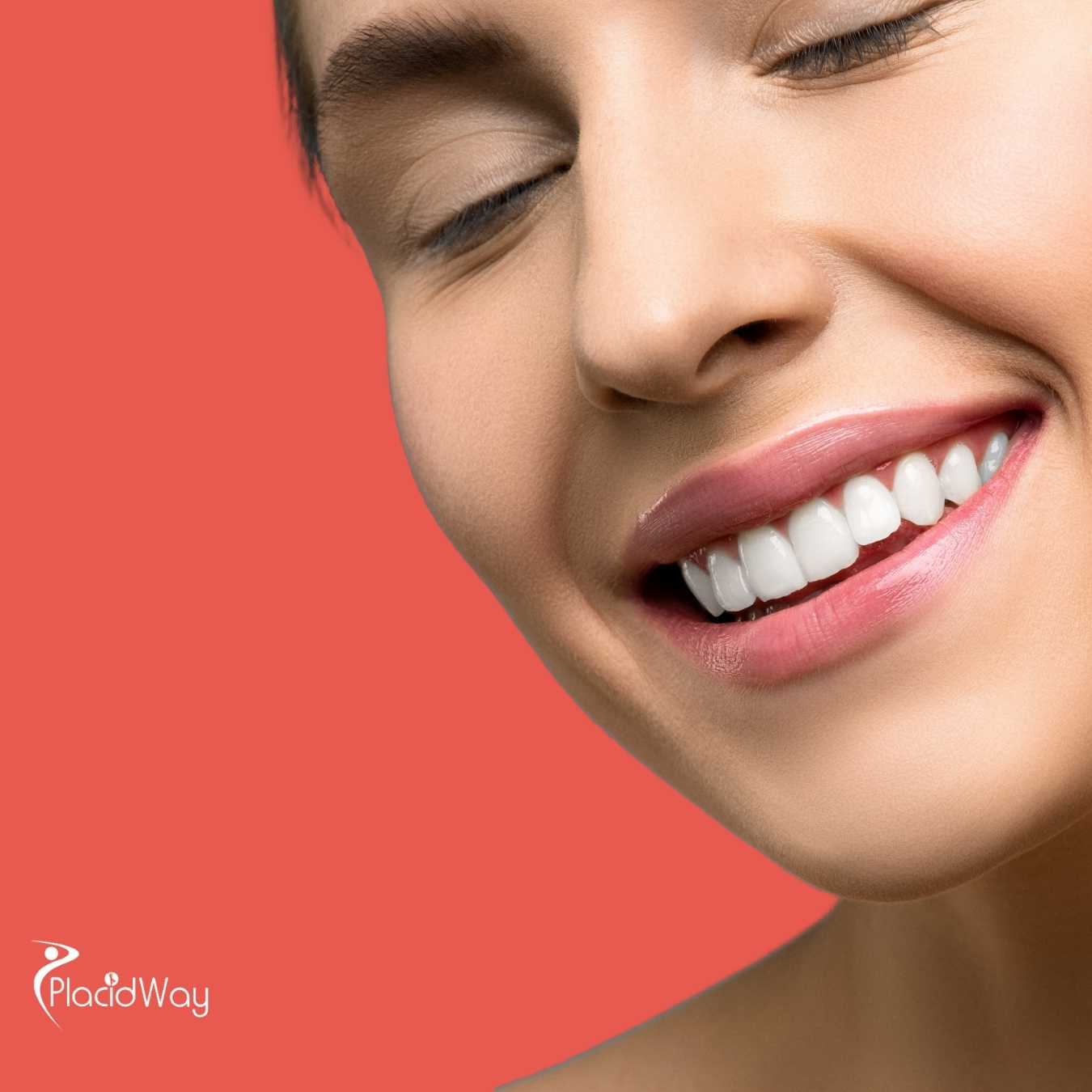
.jpg)
.png)
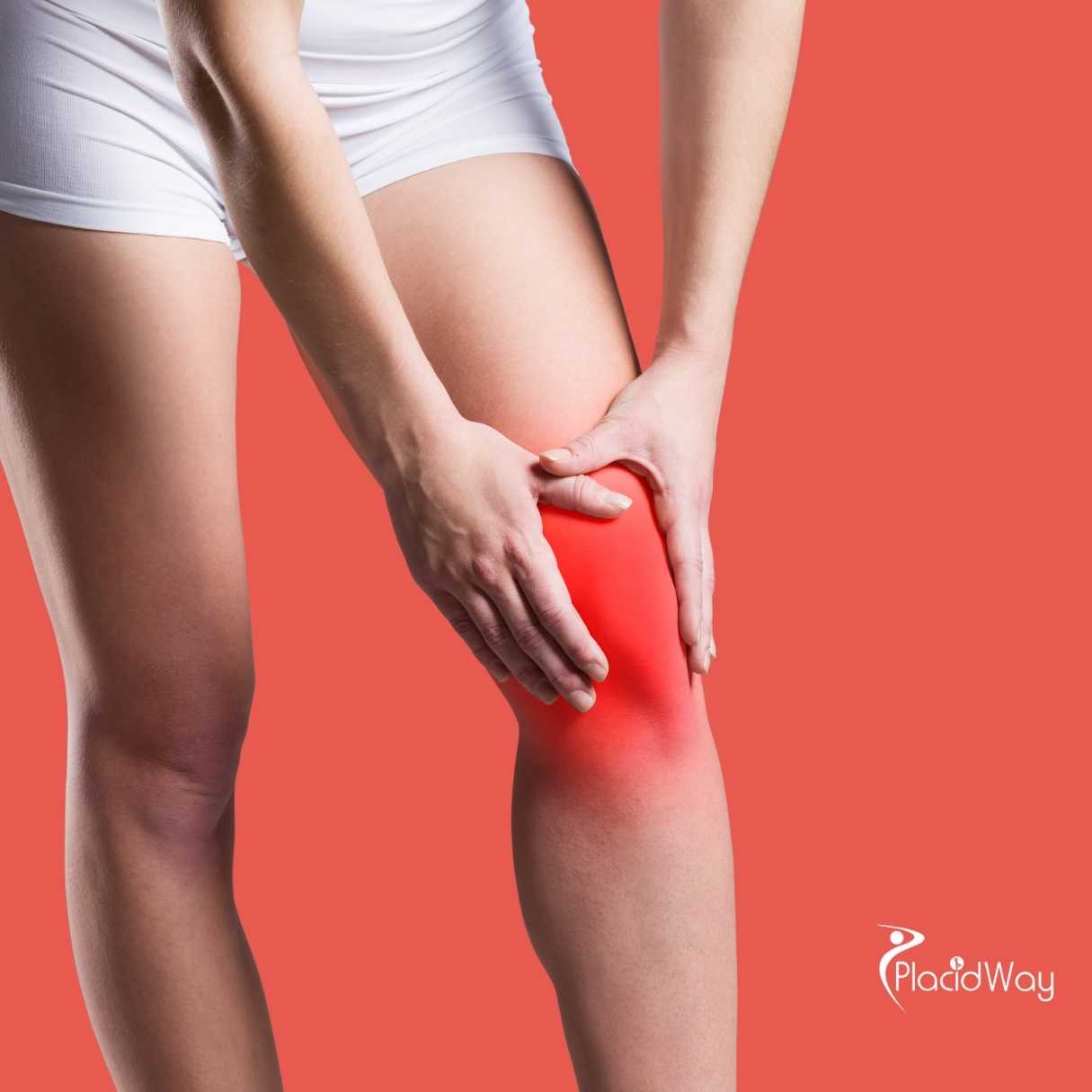
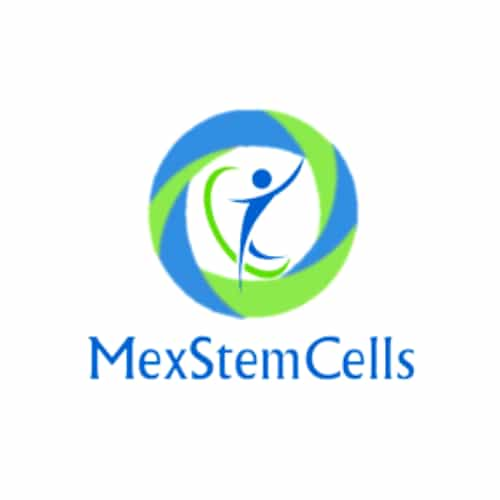

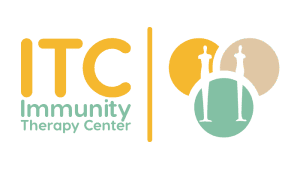
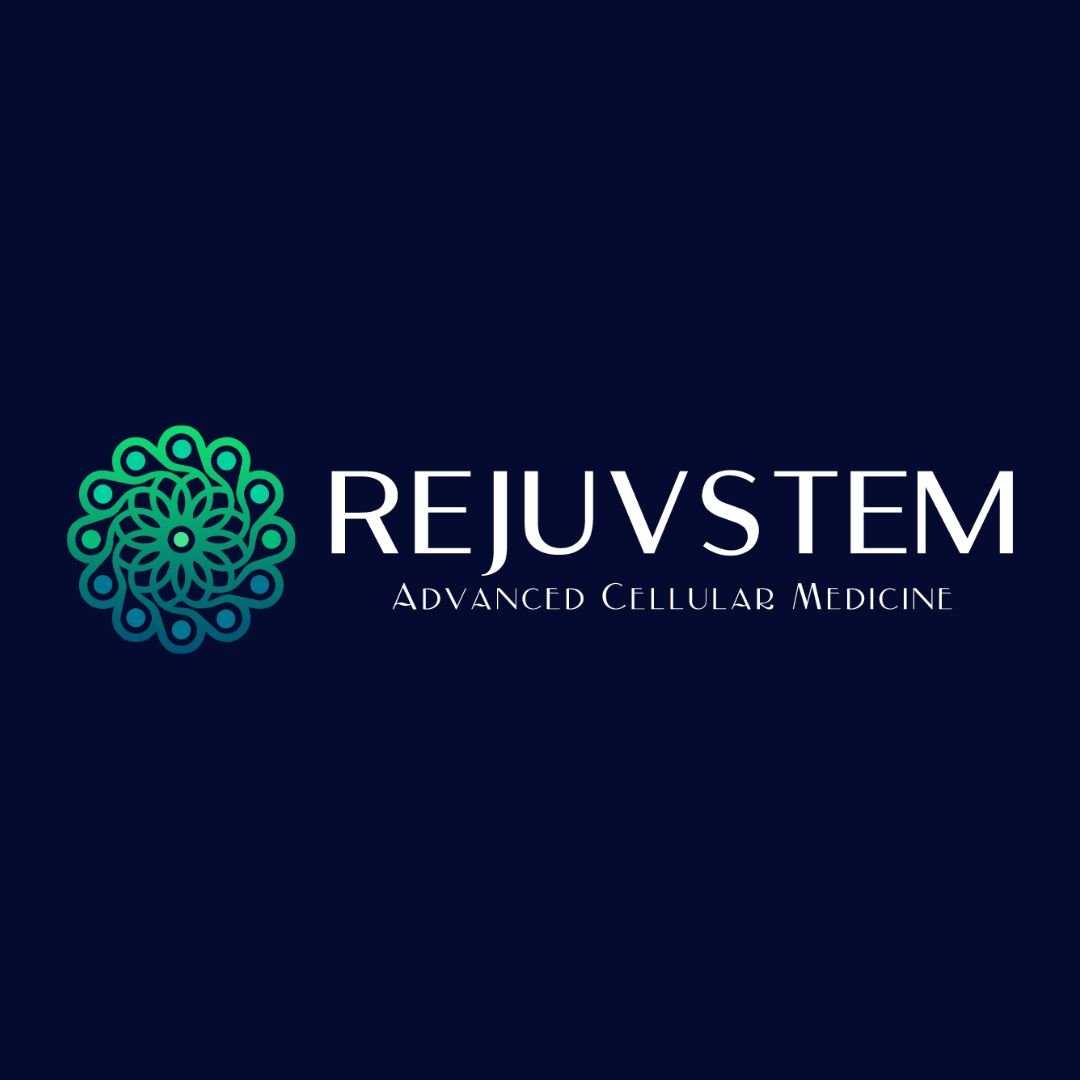
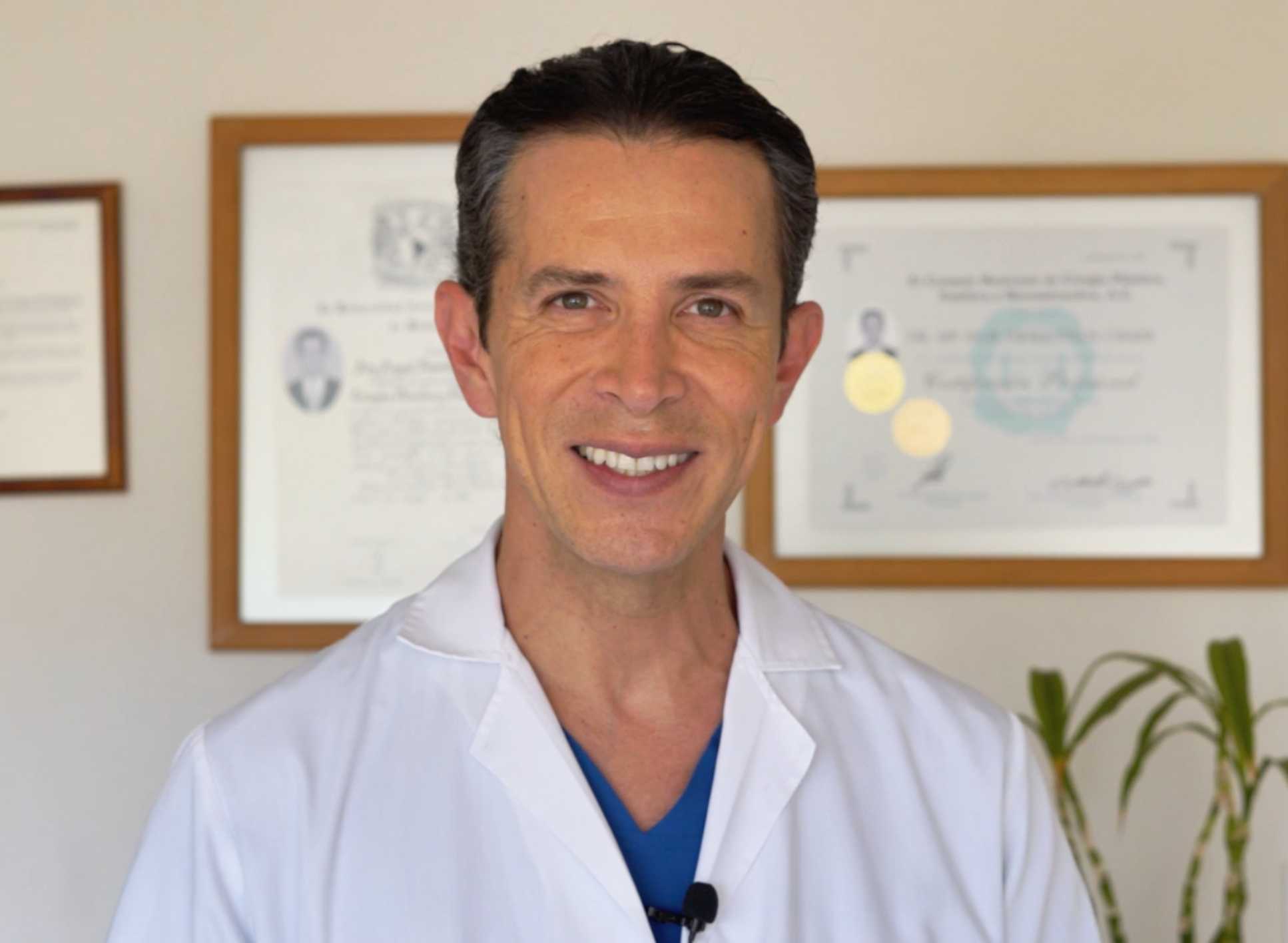

Share this listing